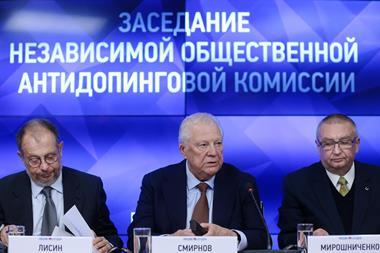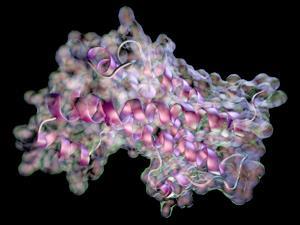Contamination cases at the Olympics and beyond highlight the need for minimum reporting thresholds for drug testing in sport
This summer’s Olympic games brought some incredible moments – world records, historic firsts, inspiring stories and sheer sporting panache. But the games, like so many modern sporting events, also came with a customary dose of doping allegations and related furore.
The World Anti-Doping Agency (Wada) claims to be ‘unfairly caught in the middle of geopolitical tensions’ as the world’s sporting superpowers make claims and counterclaims of malfeasance in cases where athletes have been found to be not at fault for positive drugs tests.
In April, The New York Times reported that in 2021 23 Chinese swimmers tested positive for the heart medication trimetazidine. However, the athletes were subsequently cleared of doping by Chinese authorities, who claimed that the positive tests were the result of contamination at a hotel kitchen. Several of the swimmers went on to compete and win medals in both the Tokyo Olympics and this year’s games in Paris.
Meanwhile, the US sprinter Erriyon Knighton, who finished fourth in the men’s 200m event in Paris, is another athlete facing scrutiny after testing positive for a banned substance. In March, Knighton tested positive for the anabolic steroid trenbolone, but he was subsequently cleared by the US Anti-Doping Agency after it concluded he had likely eaten contaminated meat at a restaurant.
Wada’s director general Olivier Niggli recently noted that over the years there have been ‘thousands of confirmed cases of contamination’ resulting in failed drugs tests, including more than 1000 involving meat.
With our growing understanding of the exposome, it seems inevitable that many athletes will unwittingly come into contact with banned substances, despite their best efforts to avoid them. These chemicals are often used as growth promoters for farm animals, while other known sources of contamination include impurities in dietary supplements, cosmetics and even, in some cases, prescription drugs. And with modern analytical techniques capable of detecting substances at picogram levels, athletes who have no desire to cheat are increasingly likely to face suspensions, and a lifetime of accusations, due to circumstances beyond their control.
Last month, we reported on the gut-wrenching story of British cyclist Lizzy Banks whose sporting career was ended by an adverse analytical finding that bears all the hallmarks of a contamination case. Banks’ samples contained traces of the diuretic chlortalidone at levels orders of magnitude below those that could have produced a biological response.
While Wada’s contaminants working group has recommended setting permissible levels for a handful of growth promoters and diuretics, many other substances – including chlortalidone – are not covered by these science-led rules. This means that a doping violation will be recorded if they are detected at any level, even in quantities that could in no way enhance an athlete’s performance. Moreover, due to the varying levels of precision available to different Wada-accredited laboratories, trace levels of substances that trigger a positive test at one facility will simply not be detected at another.
Banks, a former medical student who has spent £40,000 and a year of her life fighting to clear her name, was eventually found not at fault by UK Anti-Doping, although this ruling has since been appealed by Wada. Other athletes without the financial means or scientific expertise will simply not be able to challenge a similar verdict.
It seems ironic that a system set up to ensure fairness in sport is itself so replete with inconsistencies. Many experts have called for greater use of science-based thresholds to address contamination issues in drug testing in sport. To avoid the risk of yet more innocent athletes’ lives being turned upside-down, this seems like an obvious step for the world’s anti-doping authorities to take.

















No comments yet